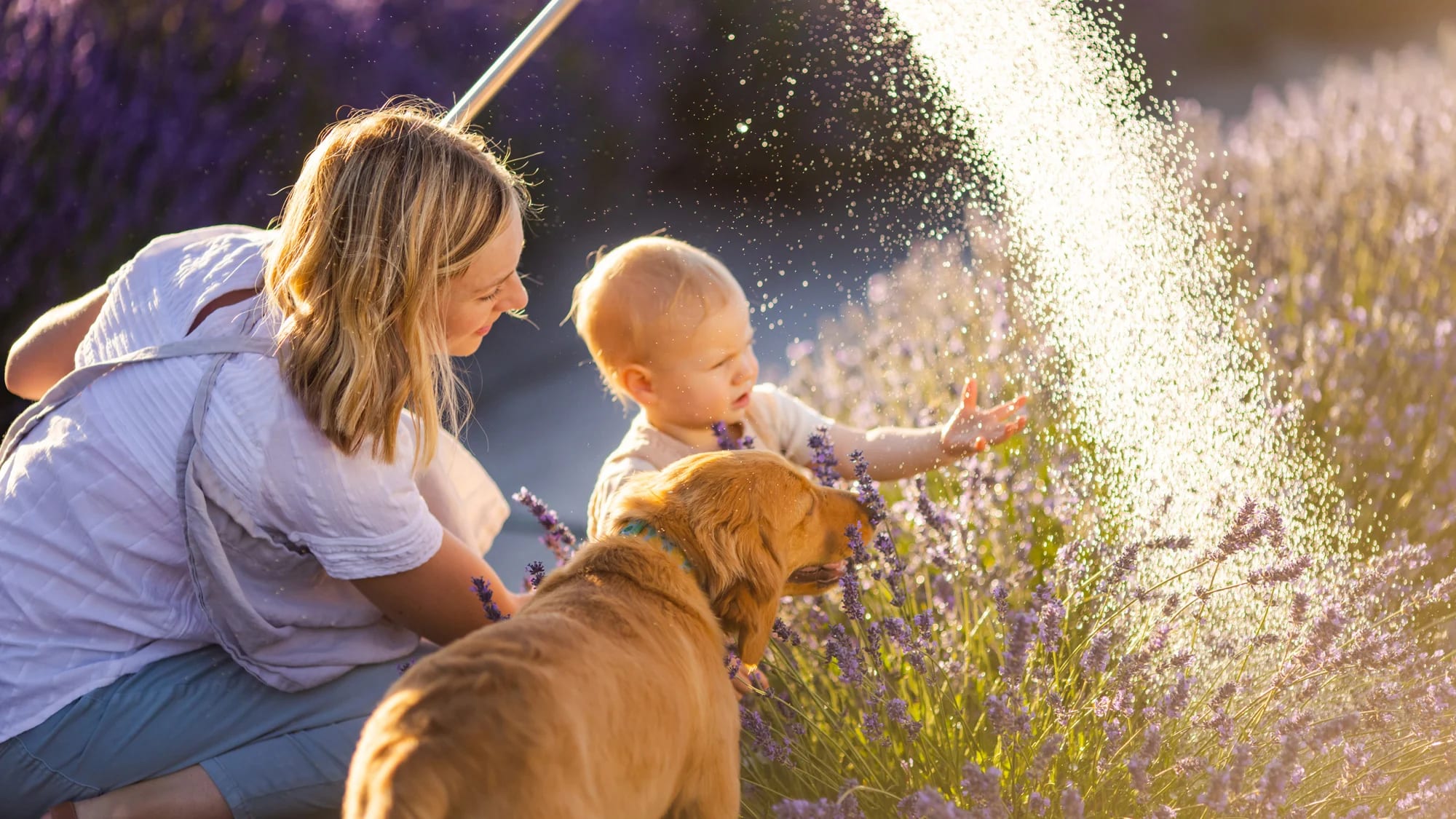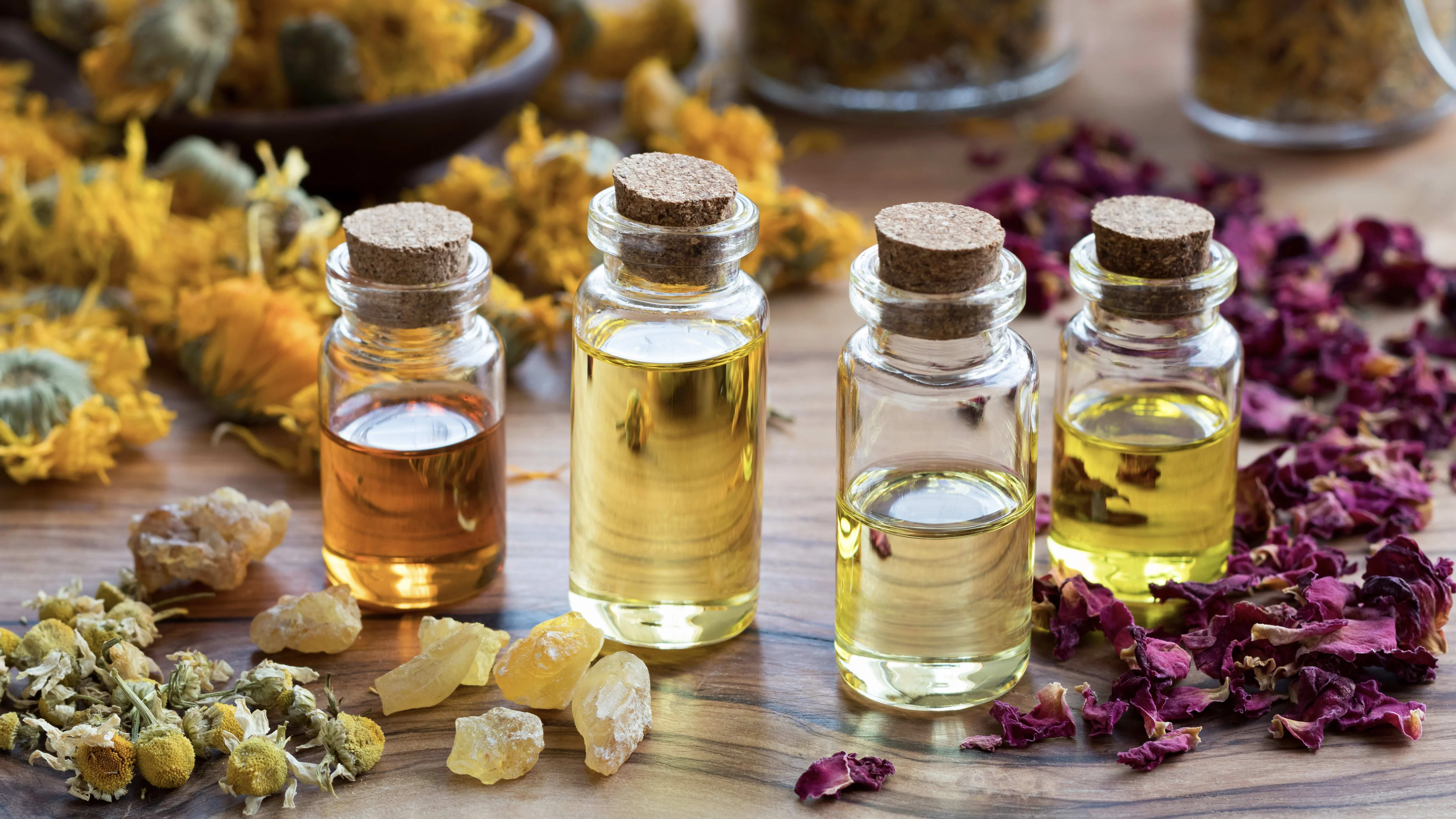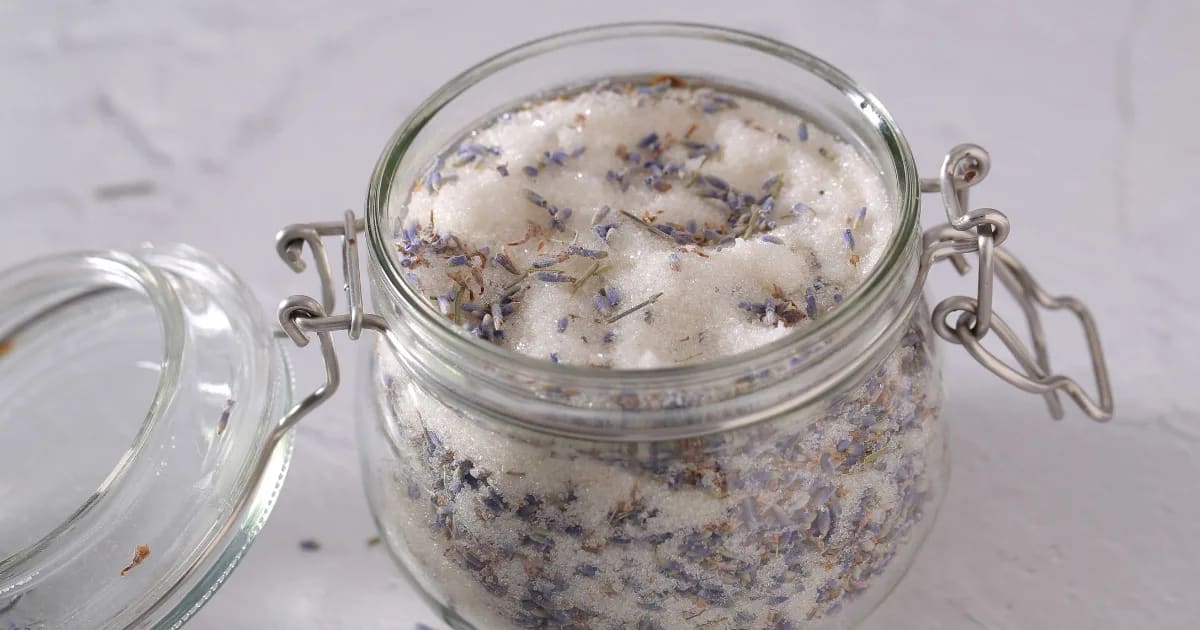Pure vs Synthetic: The Truth about Essential Oils
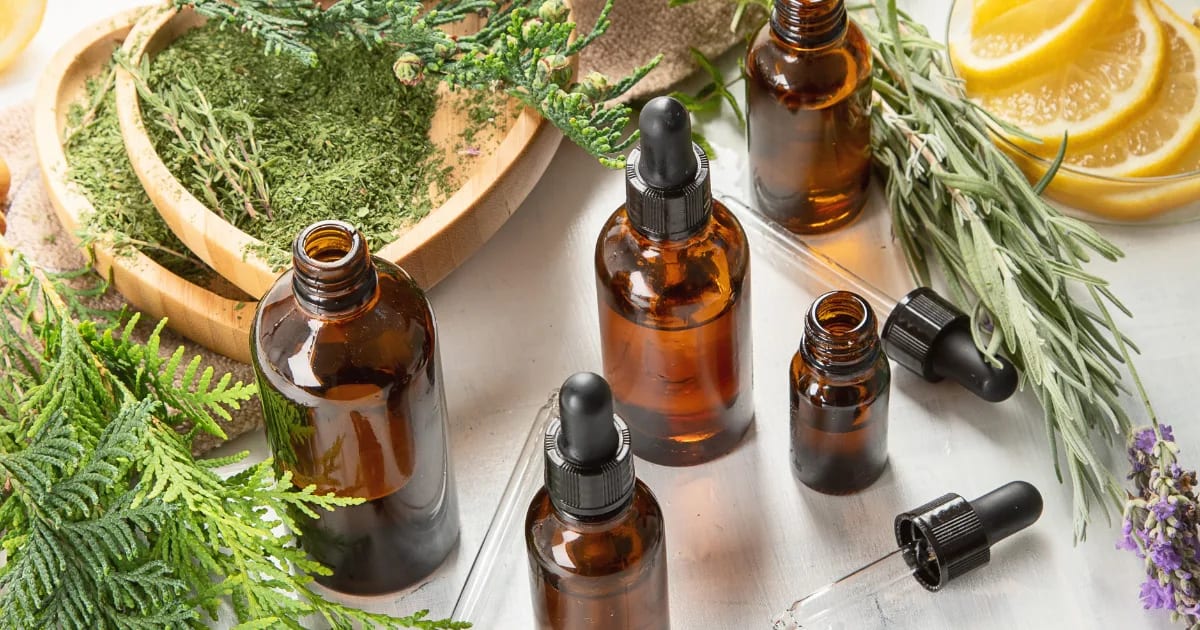
Valuable Lessons Learned from Natural Artisans
My passion for aromatherapy often leads me to craft fairs and farmers’ markets, where I enjoy supporting independent artisans who dedicate themselves to making natural products with essential oils for holistic health and wellbeing.
These ventures have also taught me valuable lessons. I’ve learned the importance of discerning between alluring yet misleading fragrance oils and pure, therapeutic essential oils that truly embody nature’s healing power.
In this post, I will explain the differences between pure essential oils and synthetic fragrances and explore why these differences matter for the quality of our blends (and the health of those for whom we are blending).
A Call to Action
In my adventures, I’ve encountered some products that cause more sniffles than smiles—bringing up unwanted reactions like congestion and allergies.
These experiences brought to light that there is some misunderstanding around synthetic fragrances and authentic essential oils. Labels can be misleading. I’ve noticed that many labels call every aromatic ingredient an “essential oil”. . . even if the ingredient is synthetic.
For me, this was a call to action, inspiring me to delve deeper into the essence of aromatherapy and share the truth about what it means to be truly pure.
Pure essential oils don’t cause negative reactions like congestion and allergies (unless you have an allergy to a specific plant or natural component). In fact, pure essential oils can dissipate allergies!
My “Aha” Moment about Authenticity
I had a wake-up call about this years ago, when I discovered Lantana essential oil (Lantana camara).
Lantana captivated me with its amazing scent. I bought a bottle that was labeled as pure essential oil. Following my usual diligence, I sent it out for GC/MS testing. (This is a test that reveals the individual components present in an essential oil.) I was shocked to discover it was over 80% synthetic. This was a crucial “aha” moment for me, reinforcing the vital importance of thorough testing and verification to ensure the authenticity and efficacy of our aromatherapy products.
Essential Oils: Direct to Us from Mother Nature
Authentic essential oils come directly from nature. Imagine the soothing scent of Lavender (Lavandula angustifolia) or the refreshing aroma of Sweet Orange (Citrus sinensis)—these should be as pure and real as the plants from which they are distilled.
Hard-working farmers and wildcrafters work closely with their plants to ensure they’re not tainted by chemicals—no pesticides or fertilizers are used in the growing process. They also take great care when harvesting their plants. Some distill the oils personally, right there on their farms. Others work with small-scale distillers who take pride in the quality of their products.
Essential oils produced in this way are pure, vibrant, and chemically unaltered. They contain natural components such as linalool and linalyl acetate (found in Lavender, Lavandula angustifolia) and d-limonene (in Sweet Orange, Citrus sinensis).
These natural combinations of components are what are behind the oils’ therapeutic effects.
With each bottle of pure essential oil, there’s a story of meticulous care, from the seed in the soil to the distillation process, ensuring that what you receive is the true, unaltered essence of the plant. This journey in which transparency, integrity, and purity are paramount is one I invite you to join.
Understanding the difference between pure and synthetic oils is crucial if you’re blending for therapeutic purposes, especially for someone who may have sensitivities. Students of our Aromatherapy Certification Program learn these differences in depth.
What are Synthetic Oils (aka Fragrance Oils)?
We don’t get the same therapeutic effects from synthetic fragrance oils.
Synthetic oils are produced in labs. This is why they’re often cheaper (which can be why many creators choose to work with them). They may be labeled with words like “natural” and “nature-identical,” but these are just marketing terms—terms that can mislead well-meaning aromatherapists.
Synthetic oils may contain “nature-identical” components that are also found in pure essential oils. For example, you could pick up a bottle of synthetic oil, and see that it contains linalool. That’s the same component naturally found in Lavender oil (Lavandula angustifolia). However, synthetic components may be created from petroleum products. That’s right . . . synthetic linalool is often lab-derived from petroleum.
Synthetic components don’t offer the same therapeutic benefits as their pure, plant-derived counterparts. They might smell the same as the real thing, but they’re not aromatherapeutic. In fact, synthetic compounds and oils may cause unwanted reactions (such as the congestion and sniffles I experienced).
Clarifying Synthetic vs. Pure Essential Oils
The distinction between synthetic fragrance oils and pure essential oils is crucial.
While synthetics may mimic the aroma of natural oils, they lack the therapeutic integrity essential for genuine healing. Synthetic oils, often more affordable and deceptively marketed, cannot offer the holistic benefits that come from the pure essence of the plant.
A Note on Adulterated Oils
The practice of adulteration, where essential oils are diluted with synthetic ingredients (usually to cut costs), further complicates the industry's integrity.
My experience with the adulterated Lantana oil highlights the necessity for vigilant testing and reinforced our dedication to offering only authentic, effective aromatherapy solutions.
Through our collective experience and shared wisdom, we aim to elevate the standards of the aromatherapy community, ensuring that each product not only smells good but also has genuine therapeutic value.
Why Aromahead Institute?
The Aromahead Institute was founded on the principle of avoiding synthetic products and embracing the transformative power of pure essential oils.
Many of us who are drawn to aromatherapy have personal stories of how these oils have dramatically improved our health and well-being.
Our homemade products can be powerful when we take the steps to ensure we’re blending with 100% pure, unadulterated essential oils. Aromatherapy has become very popular these days, but our products will stand head and shoulders above the rest if they’re crafted with the real thing.
If you are selling aromatherapy products, there’s a wide customer base who need what you have to offer! By using pure, authentic essential oils, you can be a guiding light that helps people experience the true healing power of nature.
How can you be sure you’re blending with pure essential oils and not synthetics? Stay tuned, because I’ll share more on this in an upcoming post!
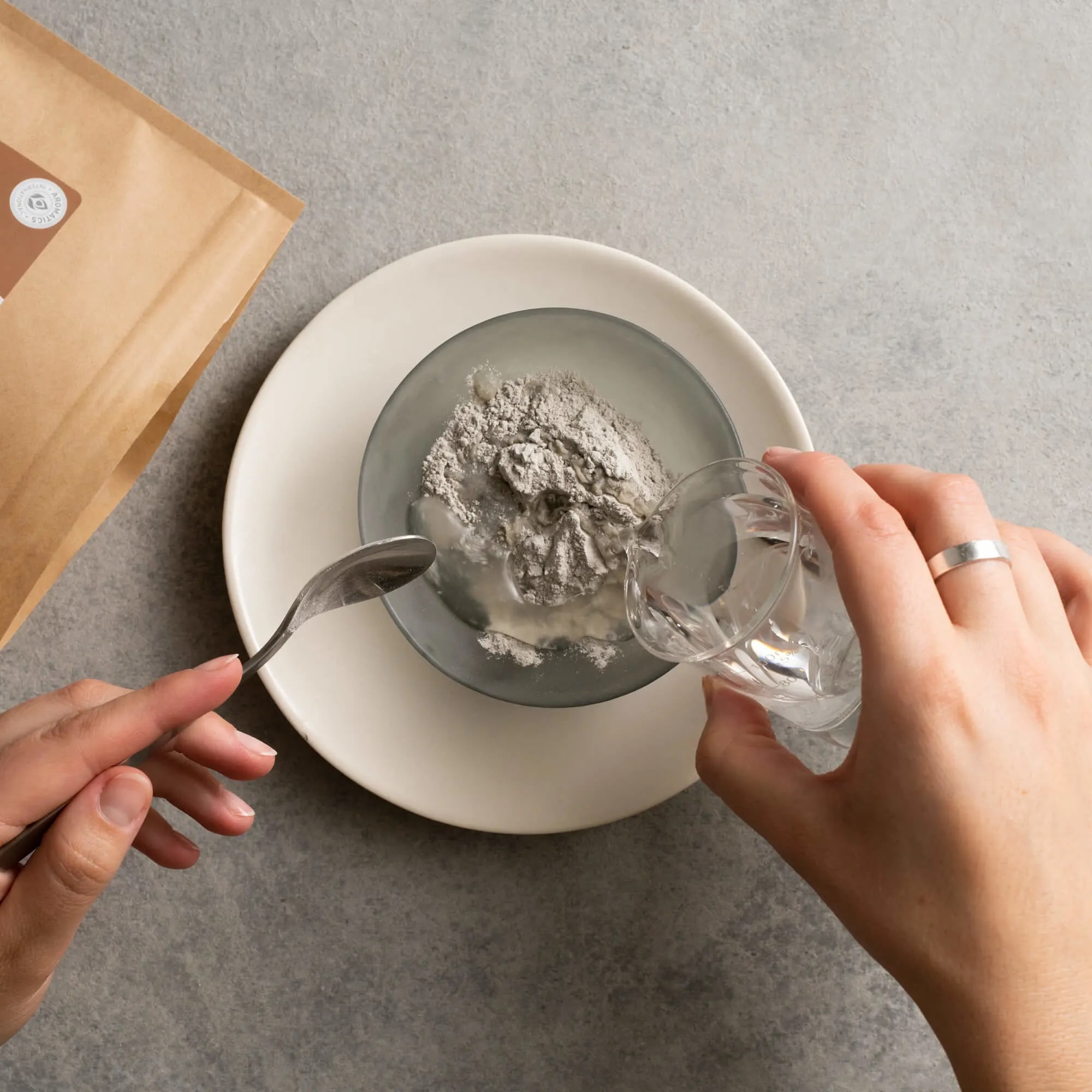
Working with Clays


